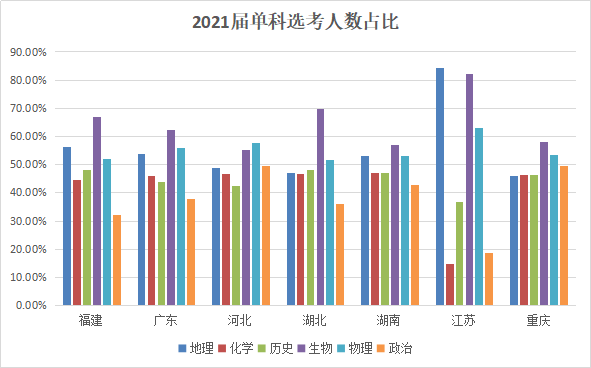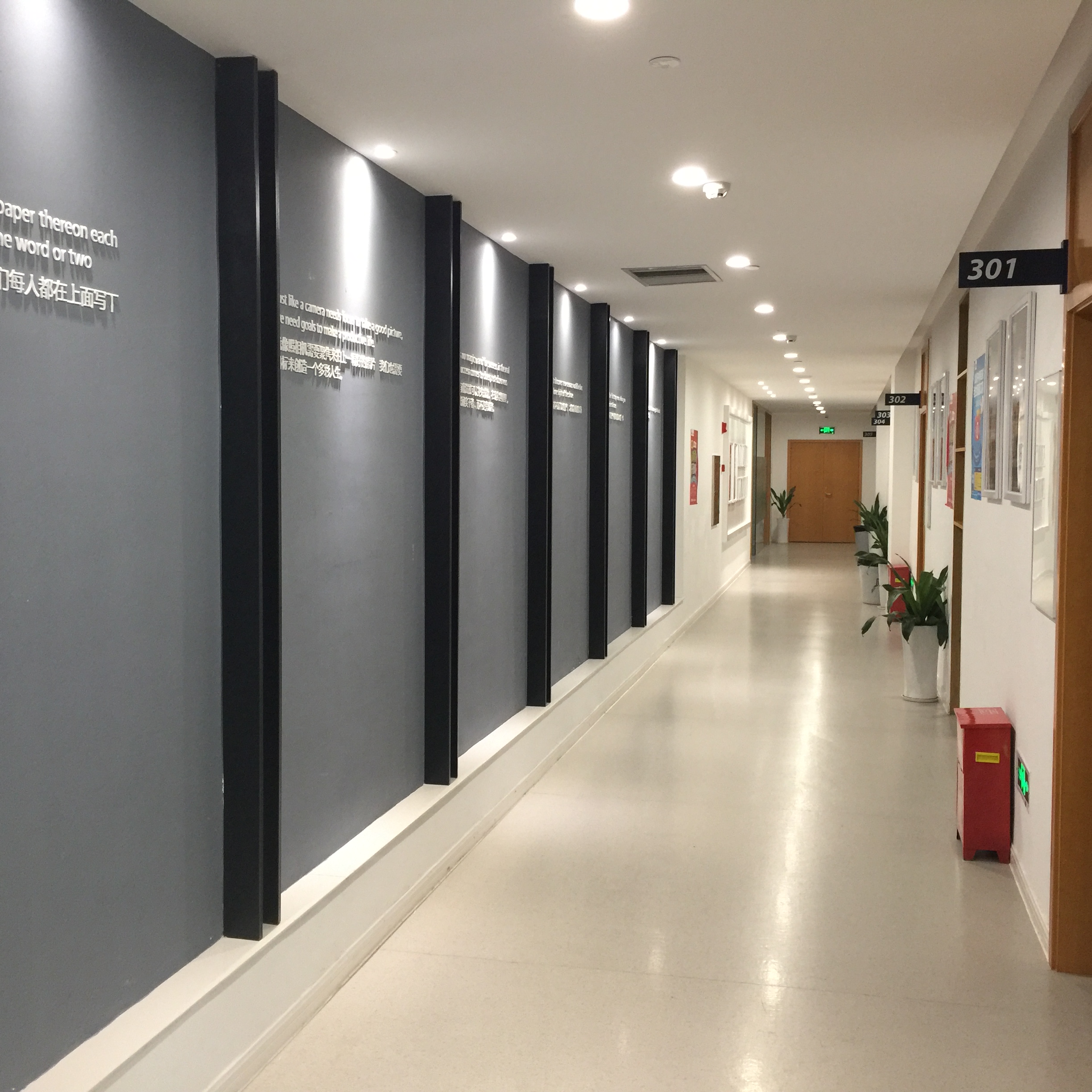导读:GRE阅读真题:作家托马斯·哈代和他的小说
SECTION B
Thomas Hardy’s impulses as a writer, all of which he indulged in his
novels, were numerous and divergent, and they did not always work together in
harmony. Hardy was to some deGREe interested in exploring his charACTers’
psychologies, though impelled less by curiosity than by sympathy. Occasionally
he felt the impulse to comedy (in all its detached coldness) as well as the
impulse to farce, but he was more often inclined to see tragedy and record it.
He was also inclined to literary realism in the several senses of that phrase.
He wanted to describe ordinary human beings; he wanted to speculate on
(speculate on: v.考虑, 推测) their dilemmas rationally (and, unfortunately, even
schematically); and he wanted to record precisely the material universe.
Finally, he wanted to be more than a realist. He wanted to transcend what he
considered to be the banality of solely recording things exACTly and to express
as well his awareness of the occult and the strange.
In his novels these various impulses were sacrificed to each other
inevitably and often. Inevitably, because Hardy did not care in the way that
novelists such as Flaubert or James cared, and therefore took paths of least
resistance. Thus, one impulse often surrendered to a fresher one and,
unfortunately, instead of exACTing a compromise, simply disappeared. A desire to
throw over reality a light that never was might give way abruptly to the desire
on the part of (on the part of: with regard to the one specified) what we might
consider a novelist-scientist to record exACTly and concretely the structure and
texture of a flower. In this instance, the new impulse was at least an energetic
one, and thus its indulgence did not result in a relaxed style. But on other
occasions Hardy abandoned a perilous, risky, and highly energizing impulse in
favor of what was for him the fatally relaxing impulse to classify and
schematize abstrACTly. When a relaxing impulse was indulged, the style—that sure
index of an author’s literary worth—was certain to become verbose. Hardy’s
weakness derived from his apparent inability to control the comings and goings
of these divergent impulses and from his unwillingness to cultivate and sustain
the energetic and risky ones. He submitted to first one and then another, and
the spirit blew where it listed (愿意,想要); hence the unevenness of any one of his
novels. His most controlled novel, Under the GREenwood Tree, prominently
exhibits two different but reconcilable impulses—a desire to be a
realist-historian and a desire to be a psychologist of love—but the slight
interlockings of plot are not enough to bind the two completely together. Thus
even this book splits into two distinct parts.
17. Which of the following is the most appropriate title for the passage,
based on its content?
(A) Under the GREenwood Tree: Hardy’s Ambiguous Triumph
(B) The Real and the Strange: The Novelist’s Shifting Realms
(C) Energy Versus Repose: The Role of: Ordinary People in Hardy’s
Fiction
(D) Hardy’s Novelistic Impulses: The Problem of Control(D)
(E) Divergent Impulses: The Issue of Unity in the Novel
18. The passage suggests that the author would be most likely to aGREe with
which of the following statements about literary realism?
(A) Literary realism is most concerned with the exploration of the internal
lives of ordinary human beings.
(B) The term “literary realism” is susceptible to more than a single
definition.
(C) Literary realism and an interest in psychology are likely to be at odds
in a novelist’s work.
(D) “Literary realism” is the term most often used by critics in describing
the method of Hardy’s novels.(B)
(E) A propensity toward literary realism is a less interesting novelistic
impulse than is an interest in the occult and the strange.
19. The author of the passage considers a writer’s style to be
(A) a reliable means by which to measure the writer’s literary merit
(B) most apparent in those parts of the writer’s work that are not
realistic
(C) problematic when the writer attempts to follow perilous or risky
impulses
(D) shaped primarily by the writer’s desire to classify and
schematize(A)
(E) the most accurate index of the writer’s literary reputation
20. Which of the following words could best be substituted for “relaxed”
(line 37) without substantially changing the author’s meaning?
(A) informal
(B) confined
(C) risky
(D) wordy(D)
(E) metaphoric
21. The passage supplies information to suggest that its author would be
most likely to aGREe with which of the following statements about the novelists
Flaubert and James? (A) They indulged more impulses in their novels than did
Hardy in his novels.
(B) They have elicited a GREater deGREe of favorable response from most
literary critics than has Hardy.
(C) In the writing of their novels, they often took pains to effect a
compromise among their various novelistic impulses.
(D) Regarding novelistic construction, they cared more about the opinions
of other novelists than about the opinions of ordinary readers.(C)
(E) They wrote novels in which the impulse toward realism and the impulse
away from realism were evident in equal measure.
22. Which of the following statements best describes the organization of
lines 27 to 41 of the passage (“Thus…abstrACTly”)?
(A) The author makes a disapproving observation and then presents two
cases, one of which leads to a qualification of his disapproval and the other of
which does not. (B) The author draws a conclusion from a previous statement,
explains his conclusion in detail, and then gives a series of examples that have
the effect of resolving an inconsistency.
(C) The author concedes a point and then makes a counterargument, using an
extended comparison and contrast that qualifies his original concession.
(D) The author makes a judgment, points out an exception to his judgment,
and then contradicts his original assertion.(A)
(E) The author summarizes and explains an argument and then advances a
brief history of opposing arguments.
23. Which of the following statements about the use of comedy in Hardy’s
novels is best supported by the passage?
(A) Hardy’s use of comedy in his novels tended to weaken his literary
style.
(B) Hardy’s use of comedy in his novels was inspired by his natural
sympathy.
(C) Comedy appeared less frequently in Hardy’s novels than did tragedy.
(D) Comedy played an important role in Hardy’s novels though that comedy
was usually in the form of farce.(C)
(E) Comedy played a secondary role in Hardy’s more controlled novels
only.
24. The author implies which of the following about Under the GREenwood
Tree in relation to Hardy’s other novels?
(A) It is Hardy’s most thorough investigation of the psychology of
love.
(B) Although it is his most controlled novel, it does not exhibit any harsh
or risky impulses.
(C) It, more than his other novels, reveals Hardy as a realist interested
in the history of ordinary human beings.
(D) In it Hardy’s novelistic impulses are managed somewhat better than in
his other novels.(D)
(E) Its plot, like the plots of all of Hardy’s other novels, splits into
two distinct parts. Upwards of a billion stars in our galaxy have burnt up
their internal energy sources, and so can no longer produce the heat a star
needs to oppose the inward force of gravity. These stars, of more than a few
solar masses, evolve, in general, much more rapidly than does a star like the
Sun. Moreover, it is just these more massive stars whose collapse does not halt
at intermediate stages (that is, as white dwarfs or neutron stars). Instead, the
collapse continues until a singularity (an infinitely dense concentration of
matter) is reached.
It would be wonderful to observe a singularity and obtain direct evidence
of the undoubtedly bizarre phenomena that occur near one. Unfortunately in most
cases a distant observer cannot see the singularity; outgoing light rays are
dragged back by gravity so forcefully that even if they could start out (start
out: v.出发, 动身) within a few kilometers of the singularity, they would end up
(end up: v.竖着, 结束, 死) in the singularity itself.
25. The author’s primary purpose in the passage is to
(A) describe the formation and nature of singularities
(B) explain why large numbers of stars become singularities
(C) compare the charACTeristics of singularities with those of stars
(D) explain what happens during the stages of a singularity’s
formation(A)
(E) imply that singularities could be more easily studied if observers
could get closer to them
26. The passage suggests which of the following about the Sun?
I. The Sun could evolve to a stage of collapse that is less dense than a
singularity.
II. In the Sun, the inward force of gravity is balanced by the generation
of heat.
III. The Sun emits more observable light than does a white dwarf or a
neutron star. (A) I only
(B) III only
(C) I and II only
(D) II and III only(C)
(E) I, II, and III
27. Which of the following sentences would most probably follow the last
sentence of the passage?
(A) Thus, a physicist interested in studying phenomena near singularities
would necessarily hope to find a singularity with a measurable gravitational
field.
(B) Accordingly, physicists to date have been unable to observe directly
any singularity. (C) It is specifically this startling phenomenon that has
allowed us to codify the scant information currently available about
singularities.
(D) Moreover, the existence of this extraordinary phenomenon is implied in
the extensive reports of several physicists.(B)
(E) Although unanticipated, phenomena such as these are consistent with the
structure of a singularity.
延伸阅读:
2017年GRE真题解析-如何做填空题(2)
2017年GRE真题解析-如何做填空题(3)
GRE考试作文真题回顾与训练





















 京公网安备11010802021790号
京公网安备11010802021790号









 学习资料
学习资料
